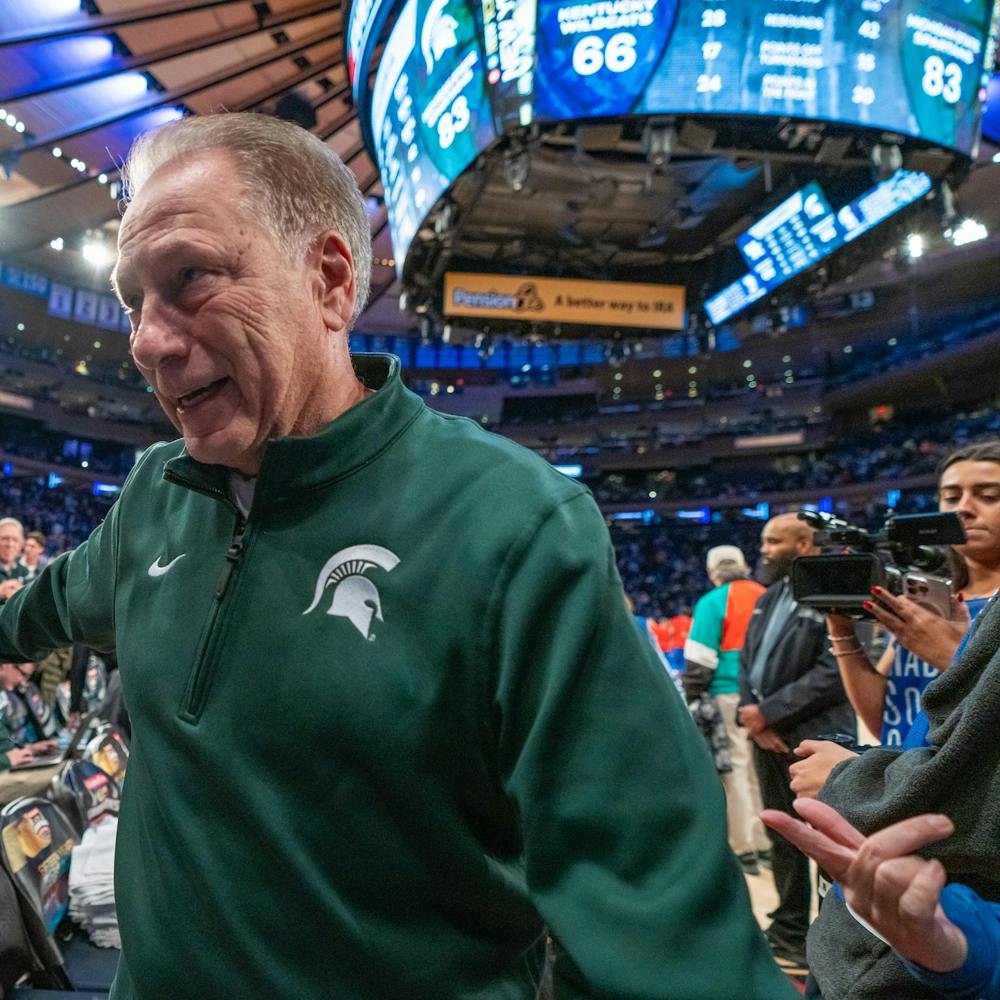The word on the street is that the U.S. Food and Drug Administration, or FDA, plans to give the cigarette industry a fabulous makeover by adding graphic images to tobacco carton labels to encourage smokers to quit their habit.
The images will range from a mother blowing cigarette smoke into her son’s face to a man in a hospital bed dying of cancer, as well as many more.
According to an article in The New York Times, about 20.6 percent of American adults and about 19.5 percent of American high school students smoke cigarettes regularly.
With these statistics in mind, the whole idea is to scare and shock smokers into quitting once and for all.
I can understand why this suddenly is being promoted, but I honestly do not think it is going to make a significant difference or convince long-term smokers to quit.
That is not to say it won’t make teenagers stop to think before trying their first drag under the high school football bleachers.
I can see the good intentions. It is pretty obvious that emotional and graphic pictures or imagery will stir up much stronger reactions while increasing an individual’s willingness to change. It’s a better approach than the preachy reminders many people immediately tune out.
There are very few people who enjoy the feeling of being scolded for a habit that is hard to break. However, the more we see, the less we feel, and this might be another case of desensitizing people instead of actually making a remarkable difference in their lives.
Something to keep in mind is that smokers are not stupid. People who light up are, in fact, very aware of the effect that smoking has on their bodies and relationships.
Still, they somehow manage to block out what they know and choose to continue anyway. Ironically, the FDA similarly is blocking out what it already knows and hoping for staggering results.
I’ve lived with someone who has smoked for my entire life. And I’ve thought of every way I could to get that person to quit smoking — including images and proof such as the ones on the new packages.
Obviously, I can’t speak for everyone, but from my own experience, a die-hard smoker suddenly is not going to decide to quit because of a scary picture of the effects of someone else being harmed by smoking cigarettes.
Heck, they might not even decide to quit if they saw a scary picture of their own lungs.
Although the smoking 2-year-old from Indonesia recently kicked the habit, I doubt it was because of a little picture on a carton of cigarettes giving him nightmares of the “Lung Cancer Monster” hiding under his bed.
Another thing to think about is that the FDA has the power to completely remove deadly substances from the market, but still seems to focus on new package design instead of product removal.
I think I smell something — not smoky, but fishy — and it’s coming from that direction.
Does this design upgrade mean we should start labeling everything that is harmful to our health with shocking images to remind us to live healthy, perfect lives?
Should we put morbidly obese children on the packages of candy bars and potato chips or a college student getting his or her stomach pumped on half-gallons of vodka? Why not completely ban cigarettes altogether, just like Four Loko?
While we’re at it, couldn’t tanning, fast food and texting be added to the list? I am sure all three of those, at one point, also have killed many people and yet they’re without intimidating warning labels.
A smoker is going to smoke and continue to smoke unless he or she truly has the desire to quit. I’m not disagreeing with this new regulation because I do think it at least is worth a try, but I know better than to get my hopes up.
Support student media!
Please consider donating to The State News and help fund the future of journalism.
But I do hope all the money being spent on packaging and images will save at least one person’s life.
Cristina Toscano is a State News guest columnist. Reach her at toscanoc@msu.edu.
Discussion
Share and discuss “FDA images won't affect smokers” on social media.





